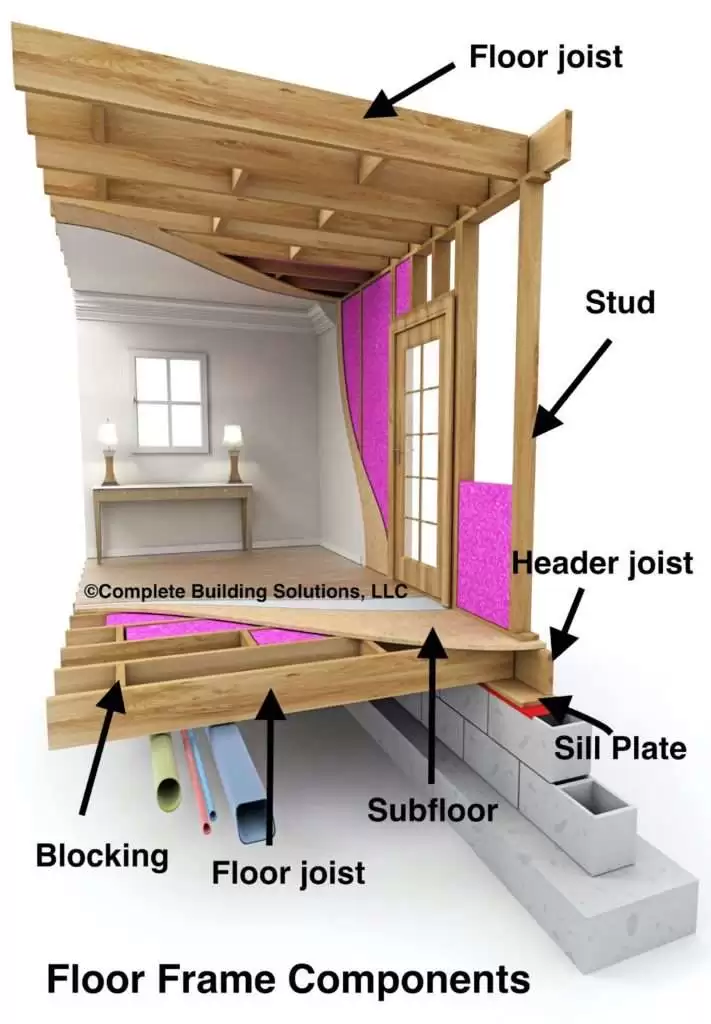As global tensions rise and the risk of nuclear incidents becomes more pronounced, people in exposed areas need clear, actionable information. This guide offers focused architectural and environmental strategies—spanning HVAC, water, storage, and fenestration—to help residents strengthen homes as protection against radiation exposure.
1. Shielding Structures: Materials and Layers
Use dense materials for walls and roofs. Reinforced concrete, earth berming, or lead-lined panels can significantly reduce gamma penetration.
Stack walls with sandbags or soil near vulnerable areas like windows. This method, similar to countermeasures used in Kyiv after Chernobyl, lowers ground-level retreat exposure .
2. Windows & Openings: Strategic Coverage
For existing windows, install lead-lined or heavy glass. Standard lead glass at 10mm thickness blocks harmful radiation while allowing sight .
Alternatively, temporarily board up windows using thick plywood and seal with tapes during alerts.
3. HVAC & Ventilation: Control and Purification
Discontinue HVAC intake during fallout alerts. Rely on sealed systems with HEPA and activated carbon filtration to prevent contaminated air influx. NRC guidance emphasizes careful ventilation design, including controlled exhaust and emergency shutoff systems nrc.gov.
4. Water Storage & Hygiene
Store 4–5 liters of clean water per person per day in food-grade barrels as recommended by civil defense manuals en.wikipedia.org.
During contamination risks, use gravity-fed systems inside shelters. Rainwater collection may be unsafe without proper initial flushing.
5. Interior Layout & Space Use
Designate a central “safe room” in the thickest interior zone with minimal external walls.
Stock it with non-perishable food, water, medical supplies, and low-powered lighting.
Place storage buffers—like canned goods against perimeter walls—to add mass shielding.
6. Temporary Modifications for Emergencies
- Pile earth or concrete blocks against exterior walls.
- Seal cracks and cracks with tapes.
- Clean external surfaces, including roads and roofs, to remove radioactive dust—lessening secondary exposure
✦ ArchUp Editorial Insight
This guide reframes architecture as a layered defense system—not just for comfort, but for survival. The balance between built shielding and operational protocols (HVAC shutoff, water reserves, sealed zones) can reduce exposure significantly. While no retrofit offers total protection, combining structural adaptations with civil defense measures gives residents agency and reduces fear. Architects must now design with both resilience and practicality, turning homes into refuges without invoking panic.
ArchUp strives to document the architectural and urban journey in the Arab world through precise editorial content. Our rich analyses reflect the depth of design and the diversity of architectural schools. The editorial team consists of specialists committed to covering all the latest developments in the field. You can always learn more about our editorial team. Or contact us to contribute or participate in building this open knowledge archive.




